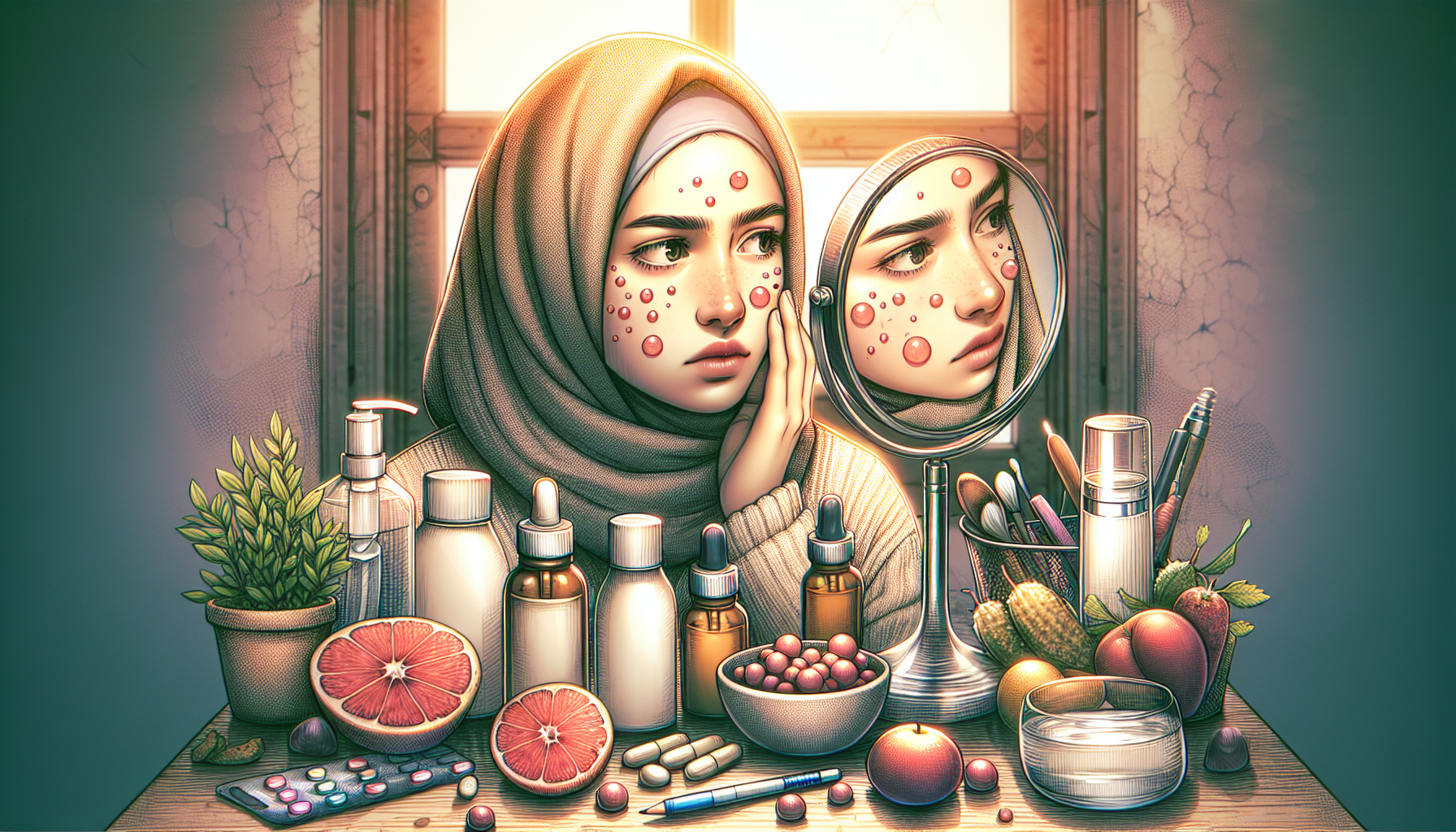How I Coped with Hormonal Acne
My Battle with Hormonal Acne
Dealing with hormonal acne was a journey filled with frustration and self-discovery. It all started in my late teens, a time when my skin decided to throw a curveball right into my confidence. I remember looking in the mirror and seeing those stubborn red spots that seemed to multiply overnight. It wasn’t just the physical aspect; the emotional toll was significant. I felt self-conscious and often avoided social gatherings, fearing judgment. But, as I learned more about my skin and tried various treatments, I found a path to clearer skin and a happier me.
Understanding Hormonal Acne
Hormonal acne, as I discovered, is primarily driven by fluctuations in hormones, particularly androgens like testosterone. These hormones can increase oil production, leading to clogged pores and, ultimately, acne. I learned that this type of acne often appears around the jawline and chin, which was exactly where my breakouts were most persistent. Understanding the root cause was crucial in finding the right treatment.
My Initial Attempts at Treatment
At first, I tried over-the-counter products like benzoyl peroxide and salicylic acid. While these helped with some of the surface-level acne, they didn’t touch the deeper, hormonal issues. I also experimented with various cleansers and moisturizers, hoping to find the perfect combination. But the results were inconsistent, and my skin often felt irritated and dry.
Turning to Diet and Lifestyle Changes
After months of trial and error with topical treatments, I decided to look at my diet and lifestyle. I cut down on dairy and sugar, which I had read could exacerbate acne. I also started incorporating more fruits and vegetables into my meals, hoping to nourish my skin from the inside out. Exercise became a regular part of my routine, not just for my overall health but also because I noticed it helped reduce stress, which can trigger hormonal fluctuations.
The Breakthrough: Hormonal Treatments
It was when I visited a dermatologist that things really started to change. They suggested I try a low-dose oral contraceptive, which can help regulate hormones and reduce acne. I was hesitant at first, but after discussing the potential benefits and risks, I decided to give it a go. Within a few months, I noticed a significant reduction in my breakouts. My skin was clearer, and my confidence began to return.
Additionally, my dermatologist recommended spironolactone, a medication that can block androgen receptors and reduce oil production. This was a game-changer for me. I started seeing even more improvement in my skin’s texture and clarity. It was a relief to finally find something that worked.
Complementary Skincare Routine
While hormonal treatments were the cornerstone of my success, I also refined my skincare routine to support my skin’s health. I switched to gentle, non-comedogenic products that wouldn’t clog my pores. I incorporated a retinoid into my nightly routine, which helped with cell turnover and prevented new acne from forming. I also made sure to always remove my makeup before bed and never touched my face with dirty hands.
The Emotional Journey
Coping with hormonal acne wasn’t just about finding the right treatments; it was also about managing my emotions. I joined online communities where I could share my experiences and learn from others going through similar struggles. It was comforting to know I wasn’t alone. I also practiced mindfulness and self-compassion, reminding myself that my worth wasn’t defined by my skin.
Maintaining Clear Skin
Once I found a routine that worked, maintaining clear skin became my new focus. I continued with my hormonal treatments and skincare regimen, but I also stayed vigilant about my diet and stress levels. I learned to listen to my body and adjust my routine as needed. For instance, if I noticed a flare-up, I would revisit my diet or stress management techniques to see if there was a trigger I could address.
One of the most valuable lessons I learned was the importance of patience. Clear skin didn’t happen overnight, and there were setbacks along the way. But by staying consistent and open to trying new approaches, I was able to find what worked for me.
Throughout this journey, I relied on credible sources to guide my decisions. For instance, a study published in the Journal of the American Academy of Dermatology highlighted the effectiveness of hormonal treatments like oral contraceptives and spironolactone for managing hormonal acne Research on Hormonal Treatments for Acne. Additionally, a review in the Journal of Clinical and Aesthetic Dermatology emphasized the role of diet in acne management, supporting my decision to adjust my eating habits Diet and Acne Management.
My experience with hormonal acne taught me a lot about resilience and self-care. It’s a reminder that sometimes, the path to better health involves a combination of medical treatments, lifestyle changes, and emotional support. If you’re struggling with hormonal acne, know that there are solutions out there, and you’re not alone in this journey.


